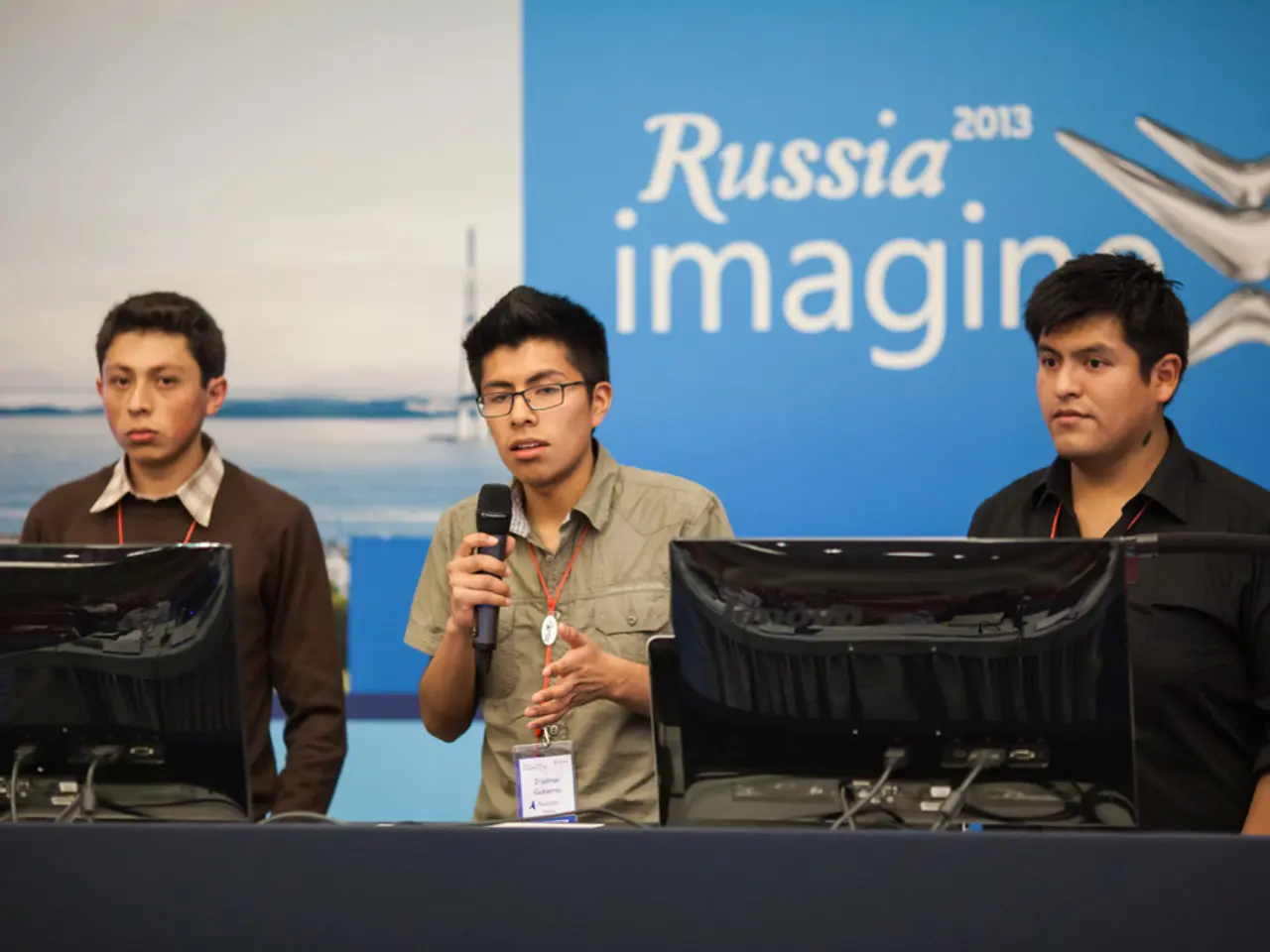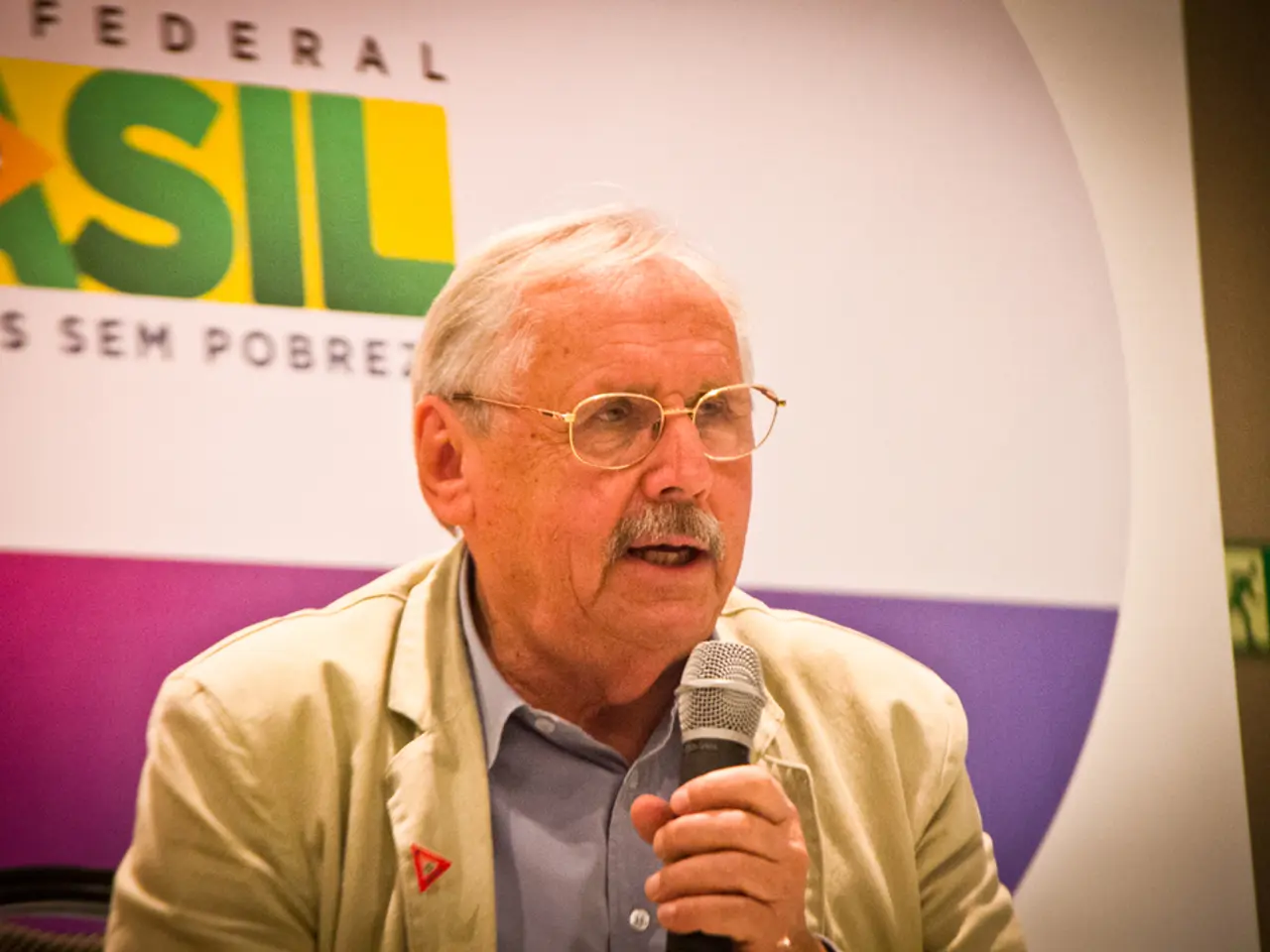Tension Surrounds Me: Peace Lies Behind, Conflict Looms Ahead
In the realm of international politics, the strategies and ideologies of some of history's most influential leaders continue to shape the actions of nations today. One such example is the "one clenched fist" strategy, a concept deeply rooted in Leninist theory and adapted by Communist China as part of its long-range revolutionary policy.
This strategy, first coined by Mao Zedong, signifies the consolidation and unification of communist forces into a single, powerful bloc. It represents a departure from fragmented or competing revolutionary tactics, moving towards a united front under communist control, demonstrating overwhelming strength and political dominance.
According to Leninist theory, especially as adapted by Mao Zedong for China's circumstances, revolution requires a disciplined, unified approach. This approach combines political, military, and ideological elements to build socialism. The "one clenched fist" metaphor underscores the importance of internal cohesion and a single command structure that can exert collective power decisively.
Mao and the Communist Party of China advocated for cautious but forceful revolutionary action, balancing zeal with pragmatic strategy to avoid backlash and ensure long-term success. This approach is conceptually analogous to transforming multiple revolutionary strands into one unified force—a single "clenched fist".
The "one clenched fist" strategy in Communist China's revolutionary policy exemplifies the evolution of Leninist theory adapted to Chinese realities. It emphasizes cohesive, disciplined revolutionary leadership and mass mobilization to secure socialist transformation within a complex domestic and international setting.
Recent events have raised questions about the current application of this strategy. Reports suggest that China is rapidly deploying a cross-Pacific amphibious capability, including the Type 071 transport. Additionally, Chinese social media indicates a population preparing for war, and army commanders are telling their soldiers that war is imminent. However, the target of any potential conflict remains unclear.
Meanwhile, in Russia, Russian Foreign Minister Sergei Lavrov appears nervous and uncomfortable when questioned about the US, suggesting potential tension behind the scenes. A highly placed source reported in May that Russia and China are planning "aggressive moves" against the US, but the timetable for these actions remains unknown.
As we navigate these complex geopolitical waters, it's essential to remember the foundational principles of the "one clenched fist" strategy: cohesion, discipline, and a united front under communist control. These principles, rooted in Leninist theory, continue to guide the actions of nations today.
[1] "One Clenched Fist" Strategy: Evolution of Leninist Theory in Communist China's Long-Range Revolutionary Policy. (n.d.). Retrieved from High North News
[2] Mao Zedong. (n.d.). Retrieved from Britannica
[3] Mao Zedong's Thoughts on the Protracted War. (n.d.). Retrieved from Marxist.org
[4] Lenin, V. I. (1920). The Immediate Tasks of the Soviet Government. Retrieved from Marxists.org
[5] Lenin, V. I. (1917). The State and Revolution. Retrieved from Marxists.org
- The "one clenched fist" strategy, originating from Leninist theory and adapted by Communist China, signifies the consolidation of communist forces into a unified, powerful bloc, representing a departure from fragmented revolutionary tactics.
- According to Mao Zedong's interpretation of Leninist theory, Chinese revolution requires a disciplined, unified approach that combines political, military, and ideological elements to build socialism.
- In today's international politics, the cohesion, discipline, and united front under communist control emphasized by the "one clenched fist" strategy continue to guide the actions of nations, as demonstrated by recent events.
- Meanwhile, in Russia, the discomfort of Foreign Minister Sergei Lavrov when questioned about the US suggests potential tension, pointing to a possible strategy adaptation similar to China's "one clenched fist".
- Analyses of war-and-conflicts, general news, and political reports allude to the potential implementation of this strategy, with China rapidly deploying strategic assets and Russian-Chinese strategic planning against the US.
- As we continue to navigate the complexities and uncertainties of global politics, understanding the historical and contemporary significance of the "one clenched fist" strategy becomes increasingly important in our strategy analysis and security assessments.






